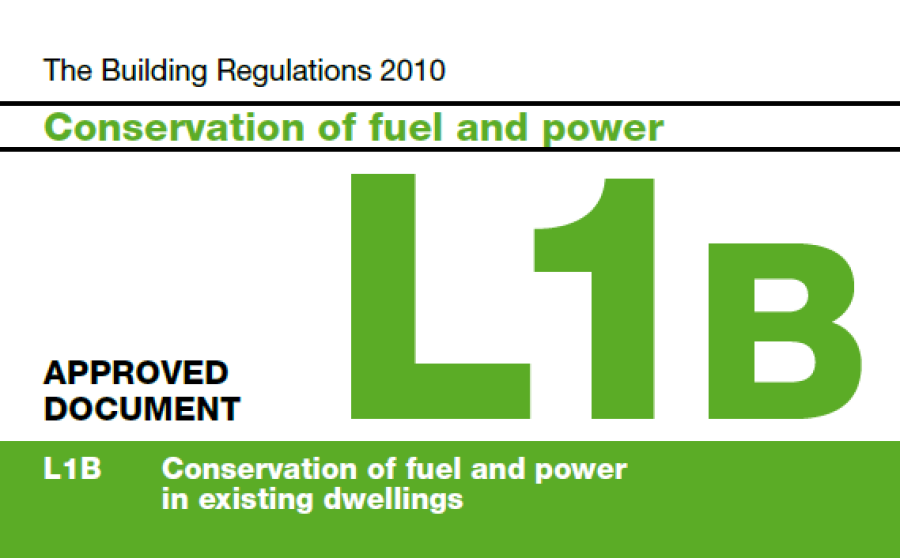The aim of the document was to ensure buildings were constructed or modified to provide greater energy efficiency and tackle the problem.
As climate change research continued, Part L was further reviewed for England and Wales, to take effect from April 2006. Part L has alway been a issue with flat roofing as some people don’t want to insulate there flat roofs.
The new goals of the document were to reduce CO2 emissions by 20% on new build dwellings and 27% on buildings other than dwellings, these reductions were taken from the baseline of 1990 and are thought to be achievable by 2010.
Get in touch with us and we will respond promptly to book a suitable time and day to come and visit your property.
Flat Roofs & Part L of the Building Regulations
A document, known as Part L of the Building Regulations, was introduced by the UK government in 2001 for England and Wales, in response to the growing mountain of scientific evidence showing global temperatures to be increasing at a rate beyond natural levels.
The best way to assess how well insulated, or efficient a building is at conserving energy, is to measure the U-value of its various building elements e.g. walls, roof, windows etc.
Why Choose Us?
- Over 30 Years Experience
- Excellent Customer Service
- Insurance Backed Guarantees
- We Get it Done on Time
- Flexible Systems & Pricing
- Rated 5 out of 5 by Our Customers
I’ve been working with Steve Dickinson of London Flat Roofing for almost 10 years and to this day I have not come across anyone with more knowledge on London flat roofs. From leak detection to maintenance, Steve has a wealth of knowledge in all aspects of flat roofing.
Our flat roof was previously installed by cowboy builders. Steve did a fantastic job or un-doing their shoddy work and rectifying all of the issues they had caused. No more leaks and no mess either. The price was fair and they got the job done very quickly.
I came back off holiday to find that the flat roof above my kitchen had been leaking and flooded the house. I called and spoke to Steve who came out the same day and within hours he had identified the leak. The very next day he sent out 2 roofers who fixed the leak. Steve then helped me claim through my insurance policy. Very pleased and grateful for his help.
Steve from London Flat Roofing was very knowledgeable. We had several contractors trying to find the issue with our leaking flat roof prior to getting Steve to look at it. After surveying it with a thermal imaging camera Steve was able to pinpoint the exact location of the leak and fixed it there and then. Very pleased and would definitely recommend to others.
Measuring the U-Value of a Flat Roof
The U-value is a measure of the heat flow through a building element.
The higher the U-value the more heat flows through the material, so a good U-value is a low one as you want to keep heat inside the building or outside, depending upon your local climate.
To explain in a little more depth, the U-value physically describes how much thermal energy in Watts (W) is transported through a building component of size 1m² at a temperature difference of 1 Kelvin (K) (= 1°C). So the unit for U-value is W/m²K.
What is a “good” U-value? For a flat roof a U-value of less than 0.2W/m²K can be called good.
So it’s hardly surprising that Part L of Building Regulations stipulates U-values for various building components, and for flat roofs this is 0.25W/m²K.
